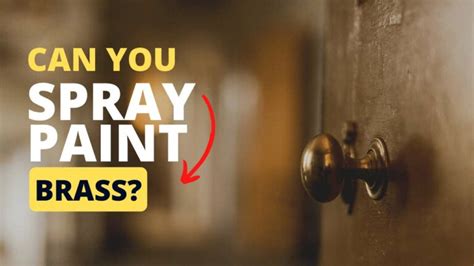Spray Paint in a Freeze: What You Need to Know
Winter's chill can throw a wrench into even the most meticulously planned DIY project, especially when spray paint is involved. Understanding how freezing temperatures affect spray paint is crucial for successful outdoor projects during colder months. This guide delves into the intricacies of spray paint and freezing temperatures, answering common questions and offering practical advice for achieving optimal results, even when the mercury plummets.
What Happens to Spray Paint When it Freezes?
The primary concern when spray paint freezes is the propellant. Most spray paints utilize liquefied petroleum gas (LPG) or other volatile solvents as propellants. When these propellants freeze, they solidify, preventing the paint from being dispensed. This doesn't necessarily ruin the paint itself, but it renders it unusable until it thaws completely.
The freezing point of the propellant varies depending on its composition. Some propellants have lower freezing points than others, meaning they can withstand slightly colder temperatures before solidifying. However, even with formulations designed for colder weather, prolonged exposure to extreme cold will eventually affect the propellant's ability to function.
Can You Still Use Spray Paint After it's Frozen?
Yes, in most cases, you can use spray paint after it's frozen, provided you allow it to thaw completely and properly. Do not attempt to use the spray paint while it is still frozen. This could damage the can and potentially cause the propellant to release uncontrollably.
Once thawed, thoroughly shake the can vigorously for the recommended time (usually a minute or two) to remix the paint and propellant. Test the spray on a scrap piece of material before applying it to your project to ensure it's dispensing correctly and the color is consistent.
How to Store Spray Paint in Cold Weather?
Proper storage is paramount to maintaining the quality and usability of your spray paint during cold snaps.
- Keep it Warm: The simplest solution is to store spray paint indoors in a temperature-controlled environment above freezing. A garage or shed may suffice if adequately insulated and heated.
- Insulation is Key: If you must store it outdoors, insulate the cans. Wrapping them in blankets, bubble wrap, or placing them inside insulated containers can help maintain a warmer temperature around the cans.
- Avoid Extreme Temperature Fluctuations: Rapid changes in temperature can be more damaging than consistently cold temperatures. Avoid placing cans directly in sunlight after they've been frozen.
- Check the Can: Before use, check the can for any signs of damage or leakage. If the can is visibly dented or leaking, it's best to discard it.
What Temperature is Too Cold for Spray Paint?
There isn't a single universal temperature at which all spray paints become unusable. The freezing point varies depending on the specific propellant and formulation. However, temperatures consistently below 32°F (0°C) significantly increase the risk of the propellant freezing. Many manufacturers recommend avoiding use below 50°F (10°C) to ensure optimal performance.
How Long Does it Take for Spray Paint to Thaw?
The thawing time depends on the initial temperature of the paint and the ambient temperature. Moving the can from an extremely cold environment to a warm one will speed up the process. Generally, allowing the can to thaw gradually over several hours at room temperature is best. Avoid using a microwave or other rapid heating methods, as this could cause the can to explode.
Can I Use a Hair Dryer to Warm Spray Paint?
While the temptation to speed up the process might be strong, using a hair dryer or other direct heat source to warm spray paint is extremely dangerous. The sudden increase in temperature can cause the propellant to expand rapidly, leading to an explosion or the release of harmful chemicals.
What are the best spray paints for cold weather?
Several manufacturers produce spray paints specifically formulated for use in colder temperatures. These often use different propellants with lower freezing points. Always check the product label for the manufacturer's recommended temperature range.
By understanding the impact of freezing temperatures on spray paint and following these guidelines, you can successfully complete your projects, even during the coldest months. Remember, safety is paramount. Always prioritize proper storage and thawing techniques to avoid accidents and ensure the longevity of your paint.

